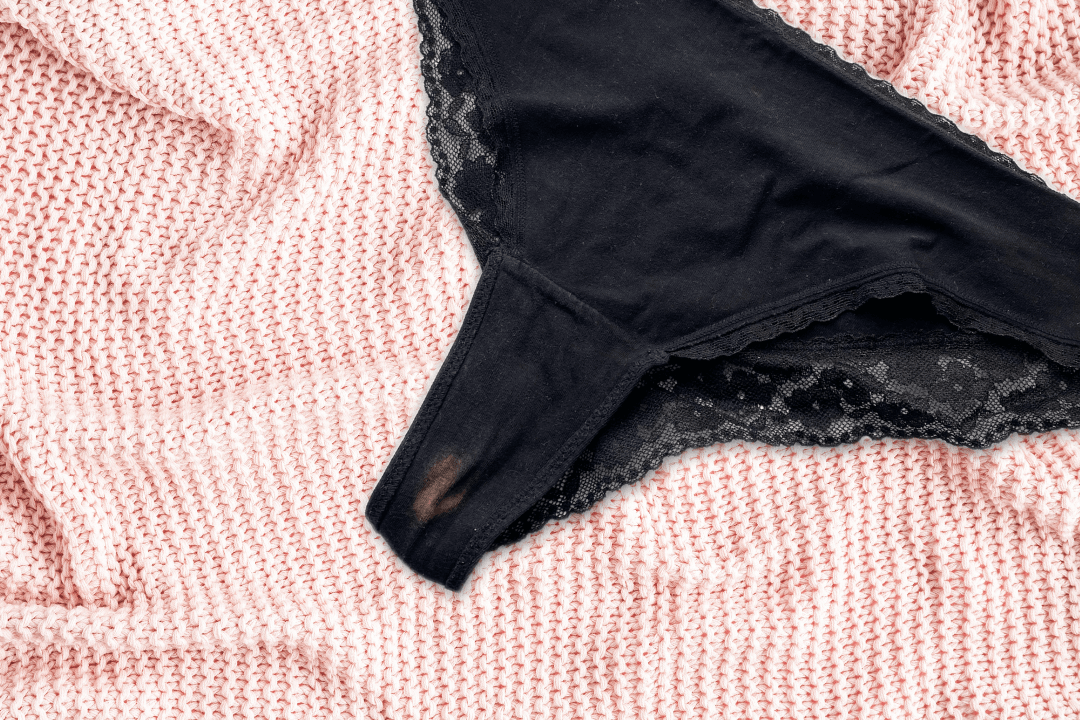Have you ever been surprised to find bleached patches in your panties after washing them? You're not alone. When I noticed this phenomenon, I reached out to our Instagram community and discovered that a staggering 84 percent had experienced the same issue. It seems that the discoloration caused by vaginal discharge is a common concern among many.
To shed light on this topic, I consulted with obstetrician-gynecologist Dr. Greta Balciuniene from "Geroves Clinic" to delve into the science behind vaginal discharge and pH levels.
What is Vaginal Discharge?
The vagina possesses a remarkable ability to cleanse itself, primarily through the production of discharge. This discharge consists of mucus secreted by the cervix and vaginal vestibule, along with liquid seeping through the vaginal wall.
Dr. Greta explains that the vagina harbors beneficial bacteria known as lactobacilli, crucial for maintaining a healthy vaginal microflora. Variations in the consistency, color, and volume of vaginal discharge can occur due to factors such as menstrual cycle phases, hormonal changes, sexual activity, and overall health.
Understanding Vaginal pH
Lactobacilli play a pivotal role in regulating vaginal acidity, with a healthy pH range of 3.8-4.5. This acidic environment helps fend off infections by inhibiting the growth of harmful bacteria.
Dr. Greta highlights how certain factors, like menstruation or exposure to sperm, can temporarily alter vaginal pH, potentially predisposing individuals to infections.
Should Bleached Panties Cause Concern?
When acidic vaginal discharge comes into contact with panties, it can gradually bleach the fabric, resulting in lightened spots over time. Dr. Greta reassures us that this is a natural occurrence indicative of the vagina's acidic environment and poses no threat to vaginal health.
For those fortunate enough not to experience bleaching, rest assured that it's merely a reflection of your unique vaginal microflora. Changes in bacterial composition can affect fabric differently, but this does not signify any underlying issues.
Cotton vs. Synthetics: Choosing the Right Material
While cotton panties are more prone to bleaching due to their susceptibility to acidic environments, they remain a preferred choice recommended by gynecologists. Their breathability, absorbency, and overall comfort outweigh the risk of discoloration.
Synthetic fibers like polyester and polyamide are more resistant to acidic environments, making them less susceptible to bleaching. However, their properties may not offer the same level of comfort and breathability as cotton.
In Conclusion
If you've ever fretted over bleached panties, Dr. Greta and I hope to alleviate your concerns. Understanding the natural processes behind vaginal discharge and pH levels can help you embrace this phenomenon as a normal aspect of vaginal health.

